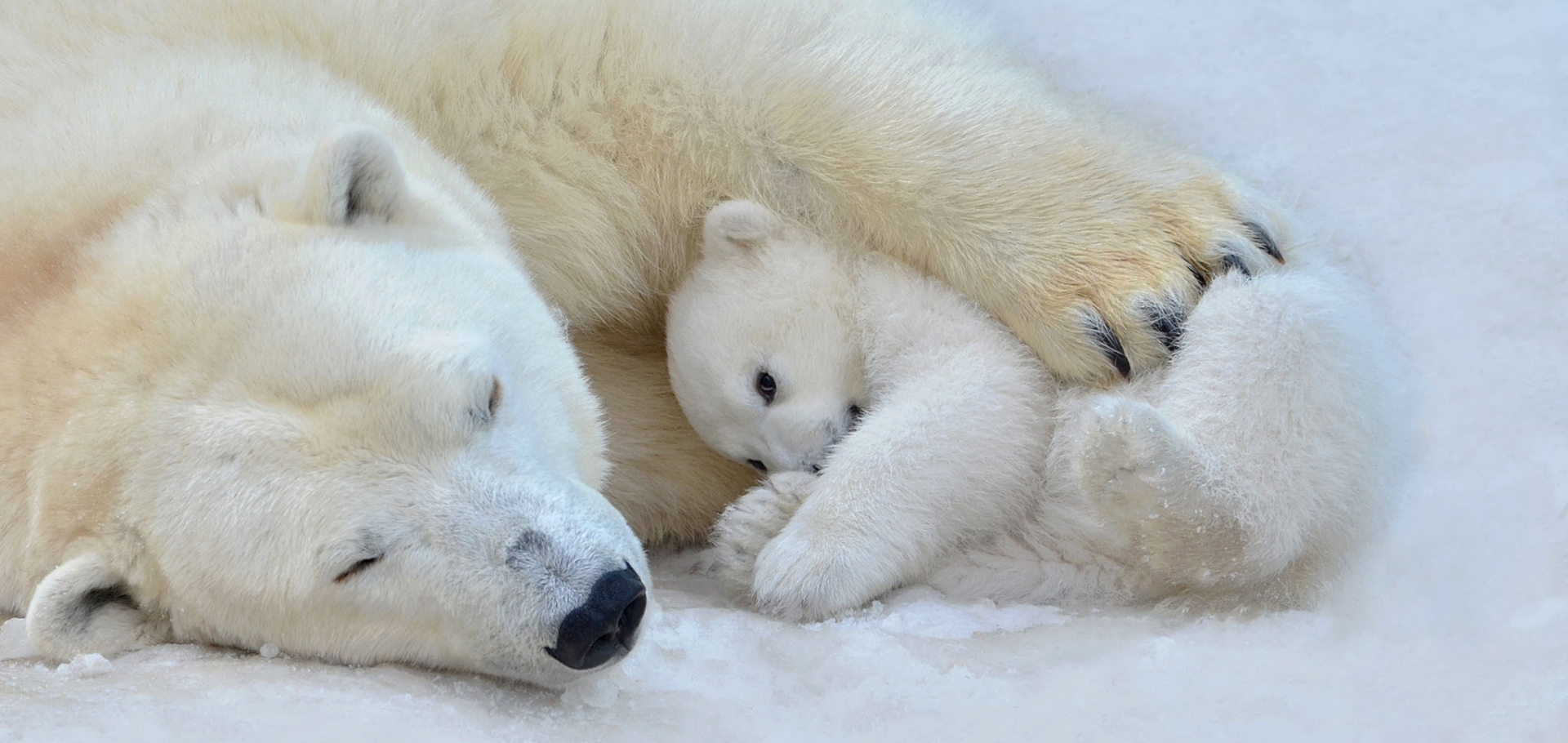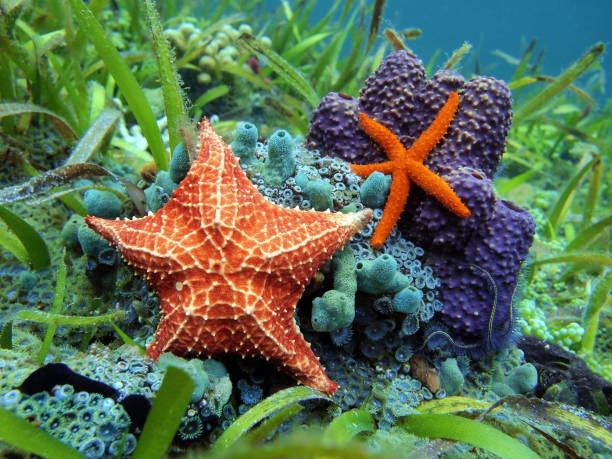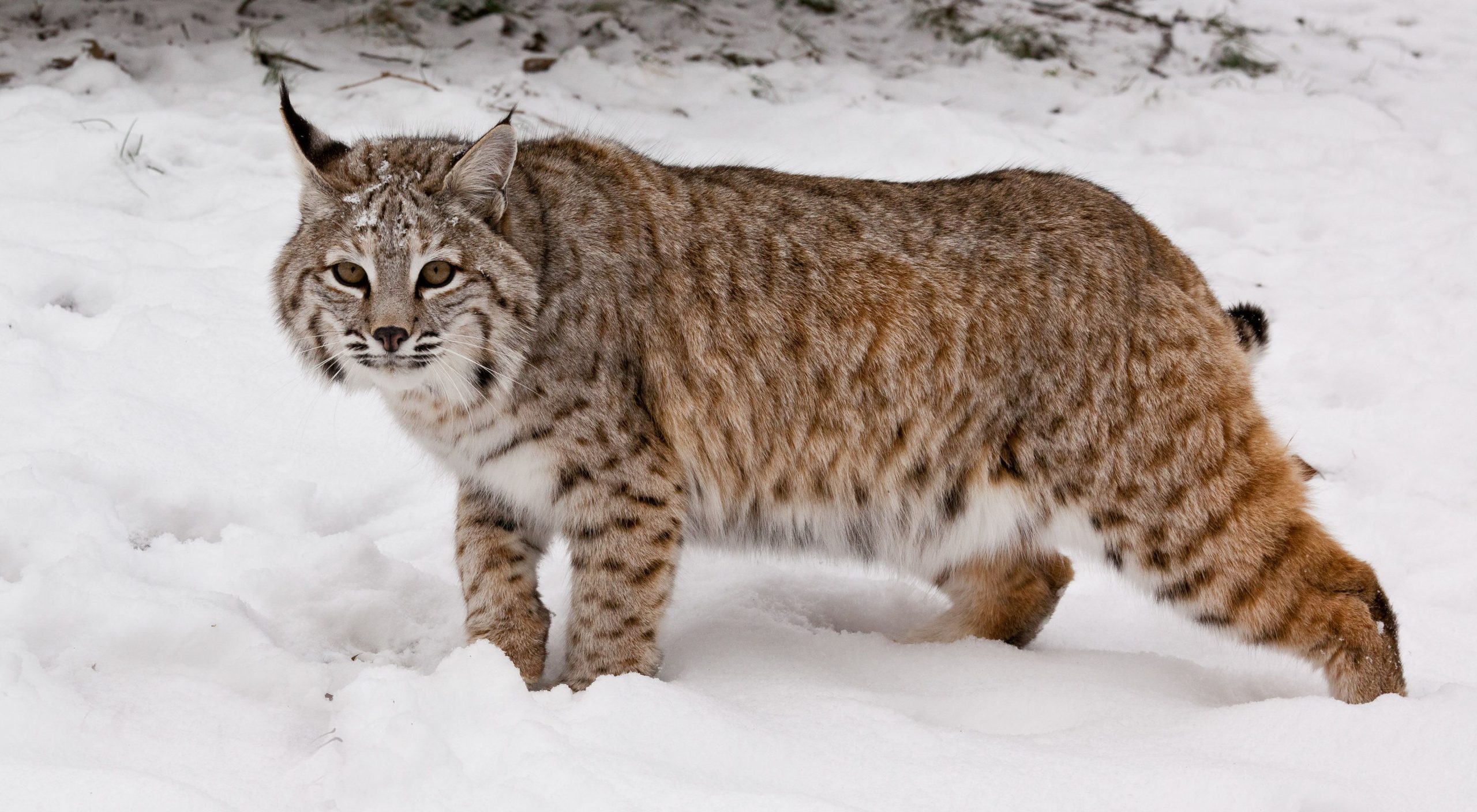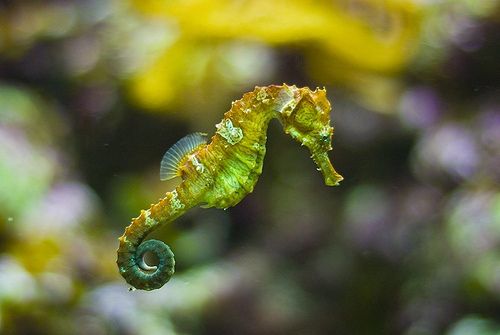The polar bear refers to the largest and most powerful land carnivorous. It is recognized by its white fur which scatters light due to its translucent color. But their black skin helps them to retain heat or help to regulate body temperature. The polar bear can live in the world for 20 to 30 years. According to genetic estimates, the polar bear may have formed just as 70,000 years ago or as far back as 1.5 million years ago. According to the fossils, development began about 70,000 years ago. On the other hand, a fossil discovered at London’s Kew Bridge was thought to be the earliest known specimen of a polar bear for a long time. Female polar bears are smaller than males and stand slightly shorter when erect.
Why Are Polar Bears Endangered?
The height, of polar bears may vary from each other based on their age and the specific bear. They spend most of their time on ice and feed primarily on seals. But there are some threats to polar bears. There may be some reasons that refer to polar bears are endangered. Climate change is one of the major reasons for the extinction of polar bears.
Following are the major reasons why are polar bears endangered
- Climate change
- Contamination and Pollution
- Mineral and Energy Resources Exploitation
- Seals Population Reduction
- Human-Caused Mortality
Climate Change:
Climate change is one of the basic reasons for the endangerment of polar bears. As you know polar bears are dependent on sea ice. Seals are their primary and major prey, due to climate change they are not able to hunt seals. After melting ice in the Arctic Ocean, the polar bears are not able to hunt seals which may lead to hunger for a long time of period and ultimately effect their health and reproduction rates. In this way, climate change is one of the major reasons why are polar bears endangered.

Contaminations and Pollutions:
Contamination and pollution are also one of the basic and major threats to polar bears. Many contaminated chemicals and pollutants are present in the Arctic environment. However, the bodies of polar bears accumulate this kind of contaminated chemicals which ultimately leads to health-related issues and a decrease in reproduction.
Many polar bears can suffer from malnutrition during climate change. Therefore, they can face many starvation particularly females with young. Reproduction capacity is reduced to polar bears and death in certain areas of land can be little.
Mineral and Energy Resources Exploitation.
The exploration of mineral and energy resources is also challenging for polar bears. The increase pil in the arctic environment also leads to the threat to polar bears. By eating this kind of oily or contaminated prey leads to serious health issues. On the other hand, the IUCN Polar Bear Expert Group changed the polar bear’s status from Least Concern to Endangered. The people often respond by killing the bears. Keeping polar bears away from people is good for both. Because polar bears that migrate into communities pose a threat to people.
Seal Population Reduction:
Generally, polar bears feed on seals but when the ice starts melting on the Arctic Sea they start scattering. On the other hand, it ultimately challenging for polar bears to find seals to prey. On the other hand, this situation usually falls polar bears into danger and threat. The reduction of seals, may lead to difficult survival or fasting for a long. Although young polar bears cannot be seen through the snow, wintertime oil extraction and exploration processes.
In northern Alaska may disrupt polar bear mothers and their young. Therefore, bears do not attack and kill people. Polar bears depend on the sea ice to hunt seals, rest, breed, and store energy for summer. However, they fall when food can be thin.
Human Caused Mortality:
Human-caused mortality such as harvesting, human-bear conflicts, or the killing of polar bears, leads to the endangerment of polar bears. Such kind of activities also lead to different threats for polar bears. Although human cause military does not now constitute a significant threat to the species. If it is not handled properly, it could become a concern to subpopulations.
How Many Polar Bears Are Left
It’s tough to pin down the exact number of polar bears in the wild, but experts think there are between 22,000 and 31,000 globally. Threats like climate change and habitat loss mean we need to keep an eye on them. For the latest info, check with wildlife conservation groups.



